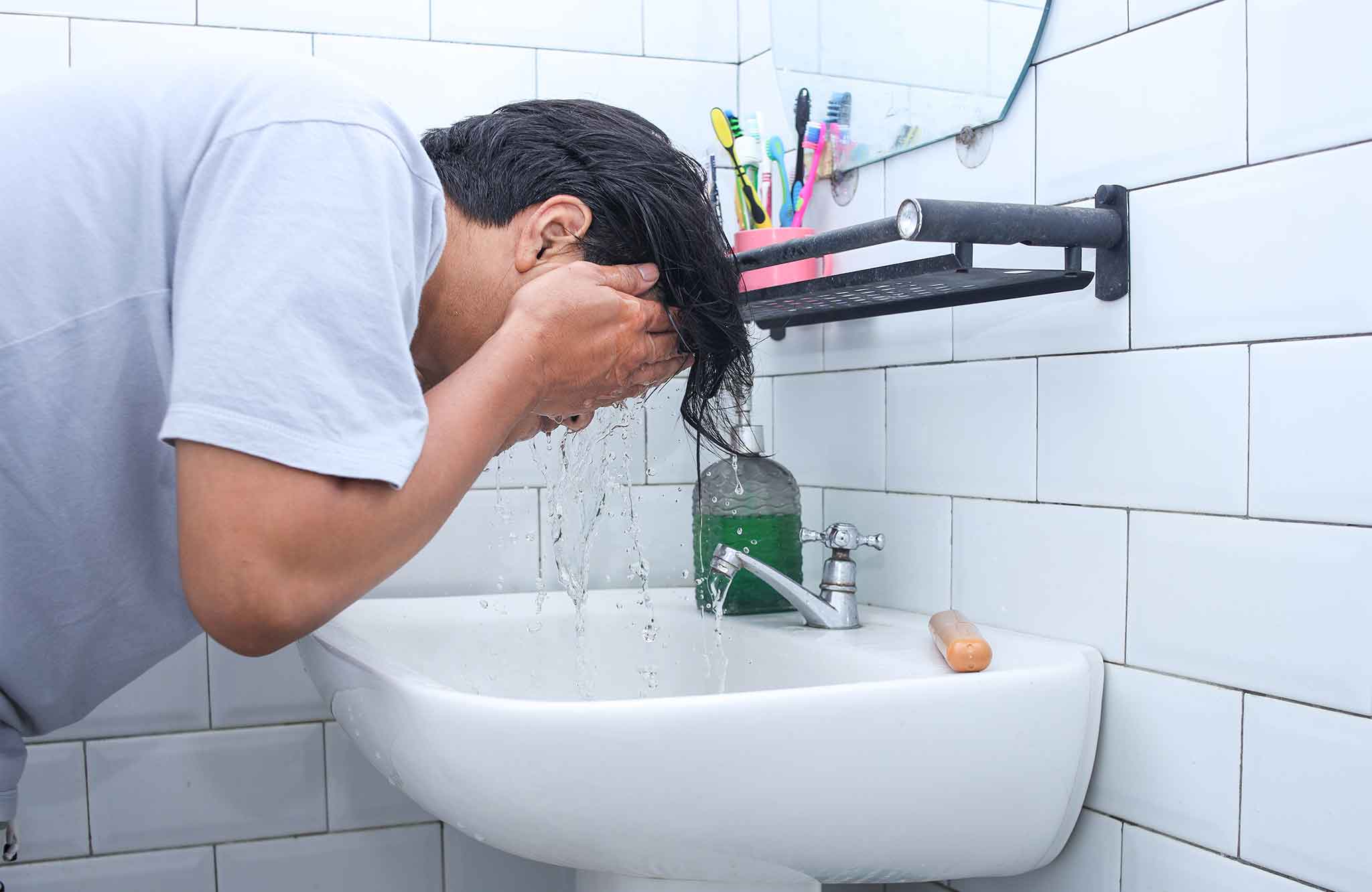
Understanding Iron in Water and How to Fix It
August 18, 2025

Heating your home through the harsh Minnesota winter can be expensive, especially if you have areas without great insulation. Hopefully you have great insulation in your walls in ceiling, but...
December 30, 2016
Heating your home through the harsh Minnesota winter can be expensive, especially if you have areas without great insulation. Hopefully you have great insulation in your walls in ceiling, but heat can still escape rapidly through windows, fireplaces, gaps around doors and other places.We have some quick, inexpensive insulation ideas to help you keep the heat in and the cold out this winter! If you feel like your furnace isn’t up to the challenge or need in-floor heat installed, give us a call!If your windows feel as if air is moving in between the wall and the pane, or cold just seems to radiate from the glass, investing in heavy curtains can help keep the warm air from escaping.You can either purchase or make these curtains yourself. You’ll want to make sure the curtains are insulated, and it helps if the curtain can wrap around the sides of the window as well.As an additional measure, tape heavy-duty clear plastic to the inside of your window frame and seal it tightly. This will help reduce the transfer of heat as well.If your home has a radiator, it is beneficial to place heavy-duty tin foil on the wall behind it. Attach the tin foil securely, and make sure it isn’t in a position to be charred.The tin foil acts as a reflector for heat, sending the heat back into the home rather than going out through the wall, saving you energy and cash over time.Winter House by jill111Another key to insulating your home is to cover holes and gaps which can let cold air in and heat out. Some examples include: keyholes in older homes; mail slots; doggie doors; gaps under or around doors; and more.For most of these gaps, rubber or silicone insulated fillers can be purchased and used to block the area when not in use. There are also plenty of tutorials on Pinterest and elsewhere on the internet on how to make gap fillers yourself if you’re crafty!If you have a fireplace in your home, it can be both a source of heat and a black hole for warm air. Without a fire roaring, a fireplace can be a direct shot for warm air to escape up the chimney and out of your home.You can prevent this by keep the fireplace damper closed unless a fire is burning. This is similar to closing a window, and can still result in a significant loss of heat from your home. Also be sure to repair any damage to the masonry of the fireplace.If it’s possible, you can install tempered glass doors in front of the fireplace to help retain heat in the home, and also install a heat-air exchange system which can blow warmed air from the fireplace back into the room.If you never use your fireplace, plug and seal the chimney to prevent air.If you need an extra boost to heat your house, be sure to contact us for a furnace, boiler, in-floor heat or humidifier!

Resources
